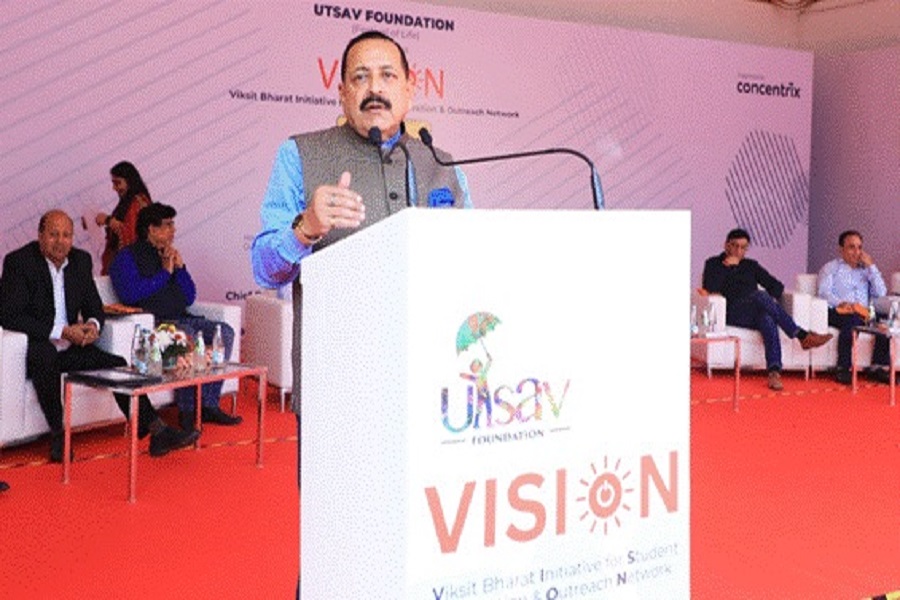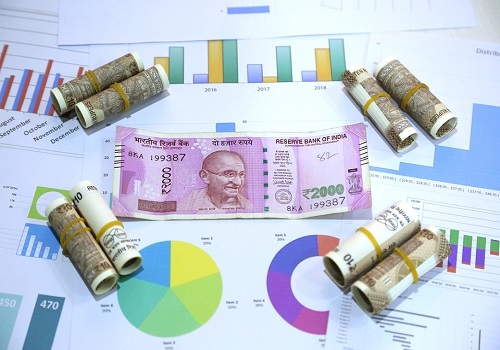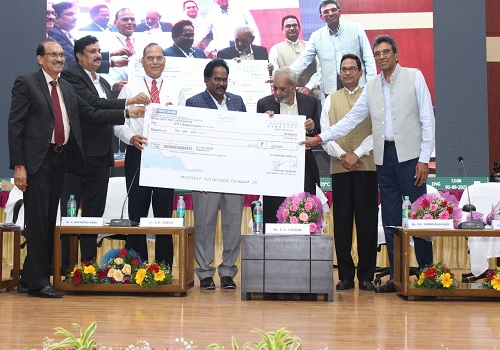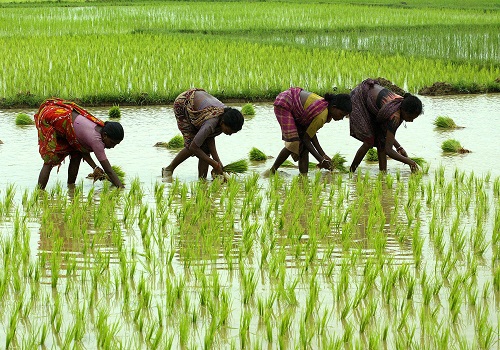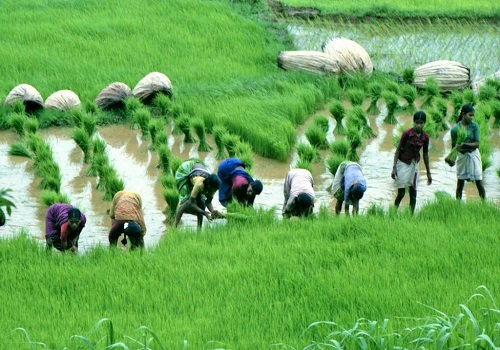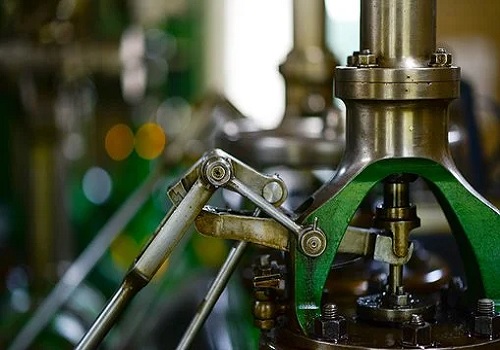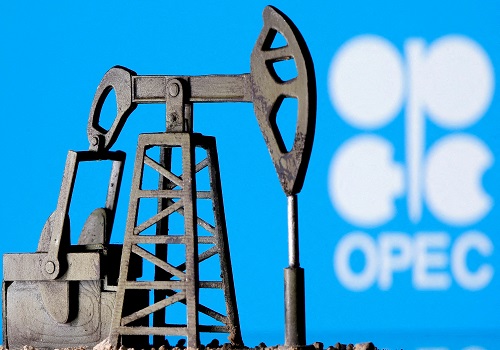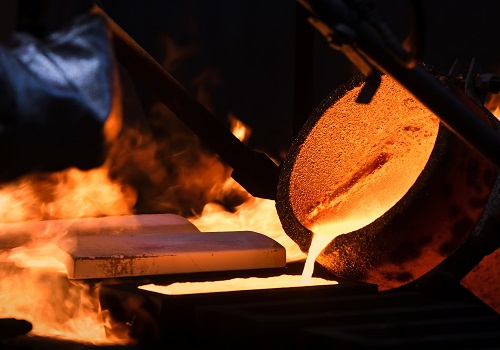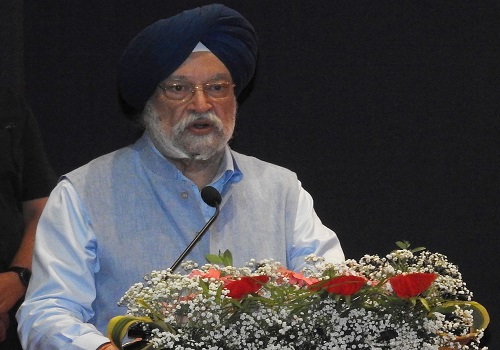India eyes record rapeseed crop as high prices prompt farmers to plant more
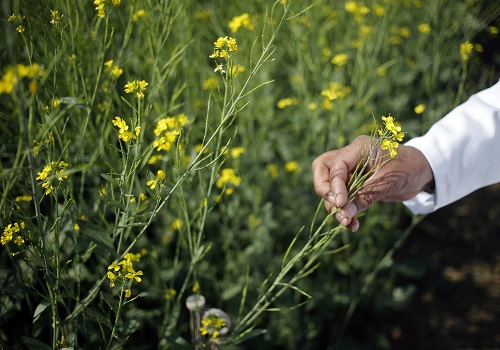
Follow us Now on Telegram ! Get daily 10 - 12 important updates on Business, Finance and Investment. Join our Telegram Channel
Rapeseed output in India is likely to rise to a record high in 2023 as higher prices have encouraged farmers to plant the main winter oilseed on nearly 9% more area than a year ago, trade and industry officials said.
Higher rapeseed production could help India, the world's biggest importer of vegetable oils, cut expensive overseas purchases of cooking oils that cost the country a record $18.9 billion in the fiscal year to March 31, 2022.
India meets more than 70% of its cooking oil demand through imports of palm oil, soyoil and sunflower oil from Malaysia, Indonesia, Brazil, Argentina, Ukraine and Russia.
Farmers have so far planted rapeseed, which has the highest oil content among India's nine main oilseeds, on 8.8 million hectares, up from 8.1 million hectares a year earlier.
"The rapeseed area can go up to 9.4 to 9.5 million tonnes this year, and that clearly suggests that rapeseed production will go up," said B.V. Mehta, executive director of the industry body the Solvent Extractors' Association of India.
"But weather conditions need to be favourable."
Last year, farmers planted rapeseed on 9.1 million hectares and harvested 11 million tonnes of the oilseed.
The early trend suggests that rapeseed production could touch a record 12 million tonnes, said Sandeep Bajoria, chief executive of Sunvin Group, a vegetable oil broker.
"We have expanded the rapeseed area as the crop gives us better returns," said Hajarilal Jaat, a farmer from Khandewat village in the north-western state of Rajasthan. Jaat has planted rapeseed on 31 acres this year, up from 19 acres last year.
But higher temperatures could reduce per hectare yields and limit the growth in the production, said Krishna Khandelwal, a trader based at Niwai in Rajasthan.
The crop needs lower temperature for higher yields, but temperature in the biggest producing north-western belt has been running 2 to 5 degrees Celsius above normal, weather department data showed.
